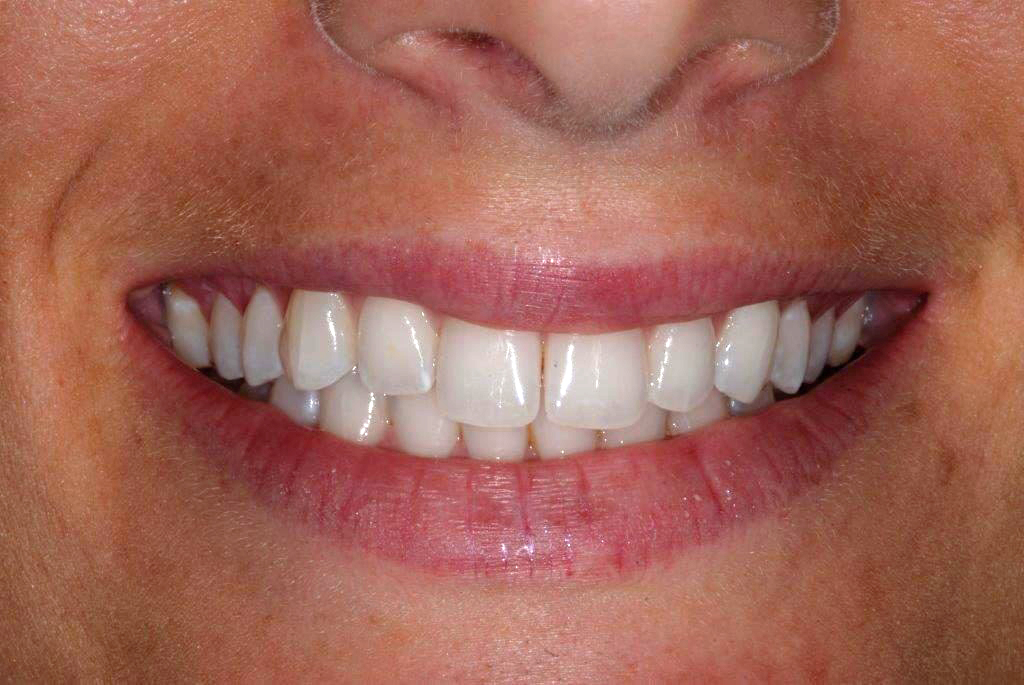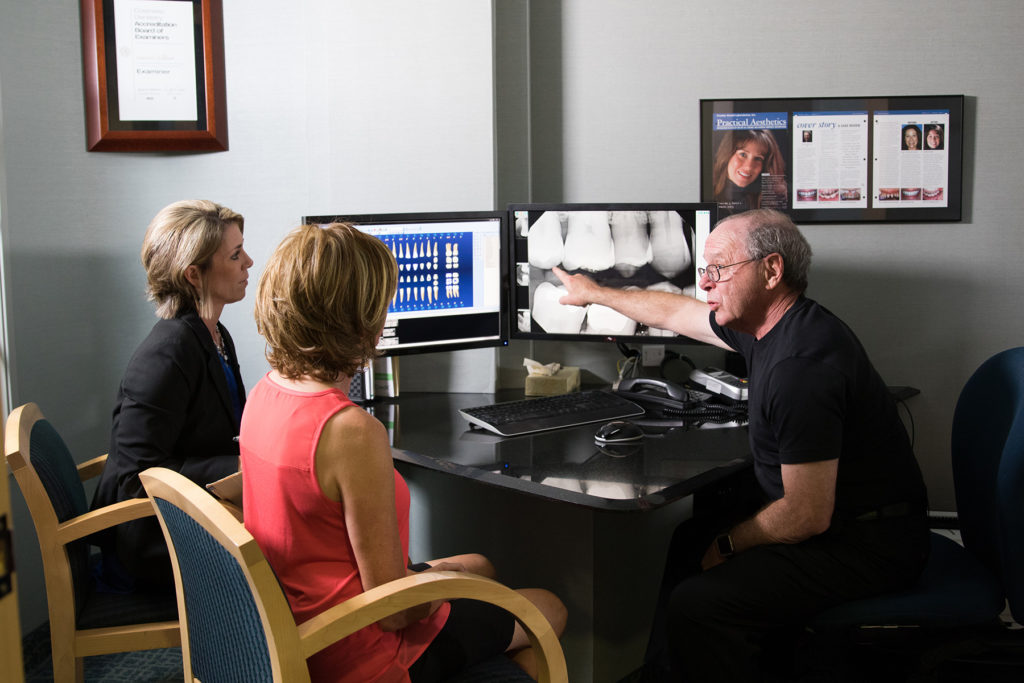What Is Considered Cosmetic Dentistry?
While regular dentists or orthodontists specialize in the general maintenance of the mouth and provide a wide range of services, cosmetic dentists are champions in the intersection of artistry and science. Typically, cosmetic dentists have a deep understanding of the cultural and social importance tied to dental aesthetics. Over half of Americans express dissatisfaction with their dental appearance, and research suggests that dental disorders hugely impact mental health, self esteem and overall well being.
What Dental Concerns Does Cosmetic Dentistry Address?
Our mouths are like fingerprints. Each is unique and requires special consideration. Cosmetic dentists take a customized approach to each patient, blending their understanding of biology, mechanics and aesthetics. Most commonly, cosmetic dentistry addresses these primary areas of concern:
Discoloration. Perhaps one of the most common dental complaints is embarrassment around stained or yellowing teeth. Fortunately, this is one of the least complex fixes. Cosmetic dentistry can provide professional whitening services for permanently discolored teeth; and while whitening can be done at home, cosmetic dentists are able to provide much more effective, less-irritating and longer lasting results than at-home options. Often, many of these services also include reusable molds which can then be taken home along with a supply of medical-grade teeth whitener.
Functionality barriers. Damaged or decayed teeth can not only be painful, it can also cause problems with eating, drinking or talking. Often, teeth with significant damage will require a dental crown or a cap to cover a damaged tooth. In other instances, dental bridges are used to restore multiple teeth at once. Many patients look to cosmetic dentists for implants when the use of dentures has become too cumbersome and messy.
Poor alignment. While aesthetics are of course a component of cosmetic dentistry, alignment issues are also addressed. When overlooked, misalignment can not only damage the teeth and gums, but it can also cause chronic pain and a cascade of other health issues, such as headaches, or temporomandibular joint disorder (otherwise known as TMJ.) In extreme circumstances, teeth may also crack.


What Type of Dental Procedures do Cosmetic Dentists Perform?
With access to some of the most advanced technology available, cosmetic dentistry is able to provide convenient alternatives to time-consuming traditional approaches. For example, Chairside Economical Restoration of Esthetic Ceramic (CEREC) helps fabricate and repair dental damage in a much shorter period of time than other types of procedures.
CEREC also minimizes multiple visits, waiting time and reduces messy prep work for common repairs such as crowns, bridges, and veneers.
Some of the most common cosmetic procedures include:
- Aesthetic Procedures
- Teeth Shaping. Sometimes called enamel shaping, dentists can reshape uneven teeth by filing down or using bonding materials. Typically this is a quick process which sometimes uses special, color-matched materials to repair or improve badly stained, broken, or chipped teeth.
- Dental Veneers. Thin, shell-like material typically made from porcelain are customized and then applied to the front of a patient’s tooth. Veneers can help alleviate concerns with crooked, discolored or damaged teeth and even minimize large spaces.
- Orthodontic Treatments: General practice dentists and orthodontists may prescribe braces for those with alignment issues; however, today, most cosmetic dentists recommend patients use Invisalign®. Invisalign®uses clear, medical-grade plastic that’s nearly invisible. They are custom-fit for each patient to address crooked teeth, misalignment, gaps or overcrowding.
- Functionality-based Procedures
- Dental Implants. Dental implants are used to correct issues for those who are tired of ill fitting dentures or have missing teeth. They help create a natural, beautiful smile through a surgical procedure which is fused in your jawbone. These fuses work as “anchors” or roots for artificial teeth. Typically, the implant base material is titanium, which is attached to the jawbone, and won’t slip, make noise or cause bone damage in the way that bridgework or dentures sometimes do. In general, dental implants are a great solution for those with no existing conditions that may affect bone healing, those whose jaw bones are no longer growing and those who have missing teeth, are tired of wearing dentures or those who are struggling with their speech due to dental issues.
- Dental Crowns. Crowns are also a customized approach to fixing teeth which may be either poorly shaped or broken. A cosmetic dentist may recommend caps in order to support a tooth that has a large filling when there isn’t enough natural tooth structure remaining or to protect a weak tooth from fracturing. Sometimes referred to as caps, these are typically made from acrylic or porcelain and fused to metal to withstand biting pressure.
About The Art of Dentistry
Located in San Diego, Dr. David Landau, Dr. Amber Kaplan and their extraordinary team are widely recognized for their top-quality smile designs. They have been awarded with recognition from their peers for many consecutive years and have been credited for the “whole body” approach to cosmetic dentistry.

